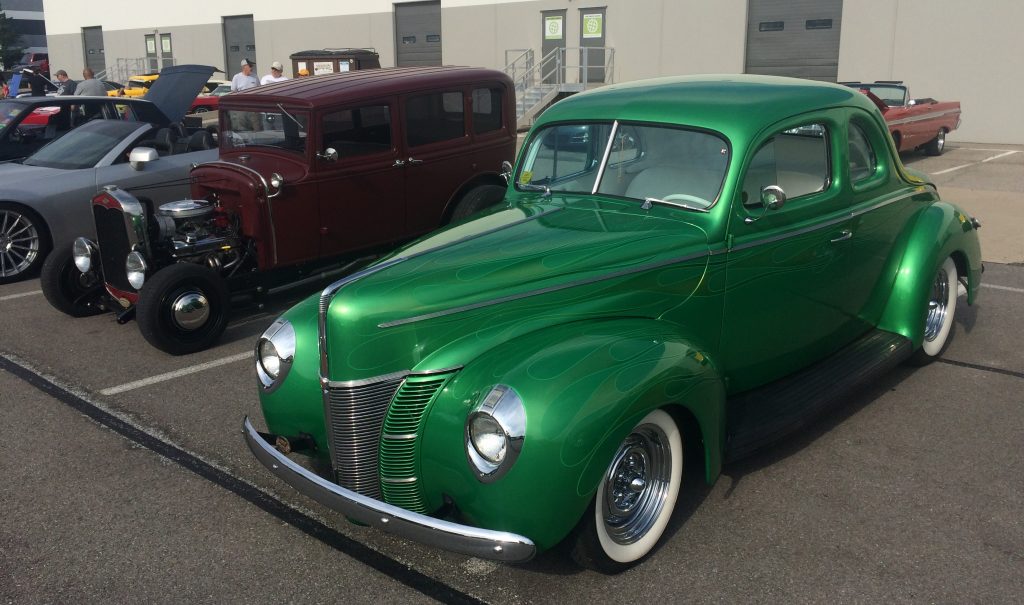Got questions?
We’ve got the answers—the Summit Racing tech department tackles your automotive-related conundrums. This week, we examine the signs of fatigued valve springs.
Q: I recently built a 427-cubic-inch big block Chevy for my vintage street rod. The tall block engine has the following parts:
- 4-bolt tall block, steel crank, 9.0:1 pistons
- COMP Cams Magnum hydraulic cam (230 degrees duration at .050, .520 inches of lift)
- Stock open chamber heads with COMP Cams 1.7-ratio Magnum roller rockers and shimmed valve springs
- MSD Pro Billet distributor, 6AL ignition, and Blaster 3 ignition coil
- Hedman coated headers and three-inch dual exhaust system
The engine runs hard up to 4,000 rpm, then stops pulling. It doesn’t miss or act like it’s running out of fuel. The fuel pressure is set at 5.5 psi at the carburetor, and I’ve checked for full throttle travel and made sure the secondaries are opening. I’ve also tried setting the ignition advance at 36, 38, and 40 degrees total, with no change. The car has a TH-400 transmission with a 2,400 rpm stall converter, and a posi rear axle with 4.11 gears.
S.H.

A: Take a good look at your valve springs. Big block Chevy engines are famous for wearing out valve springs. When the springs are too weak to follow the cam profile, one of several things usually happens: Engine rpm will flatten out (not increase after a certain point), the engine will pop through the intake or exhaust, a spring will hit the valve seat and bounce into the piston, or the spring will simply break.
It sounds like you have the first symptom of fatiguing springs. We suggest replacing them with a set of COMP Cams springs (part # 911-16). These 1.525 inch (outside diameter) springs are matched to your cam profile, have 125 pounds of seat pressure, and an installed height of 1.90 inches.

Have you ever thought about writing an ebook or guest authoring
on other websites? I have a blog based on the same topics you discuss and would really like to have you share some stories/information. I know my viewers would value your work.
If you are even remotely interested, feel free to send me an e mail.
Purchased “factory” replacement intake valves from Summit Racing for Gen 1 SBC 350. Head casting number 3998993 from “Target” engine made in Mexico. Valve size 1.94. Height is 4.910 inch on replacement valves. OEM factory valves measure 4.845″ in height, a difference of .115 inch. Machined grooves for stem lock are same height from TOP of valve stem as the OEM valves. We lapped the new valves to the seats and installed them without shims and they failed a “penetrating oil” leak test. Will we need to shim these replacement valves with .115 shims in order to maintain the correct spring pressure and eliminate static leaking using penetrating oil? Valves were lapped close to the chamfer and the head seats are all free of inclusion, pitting, low spots.